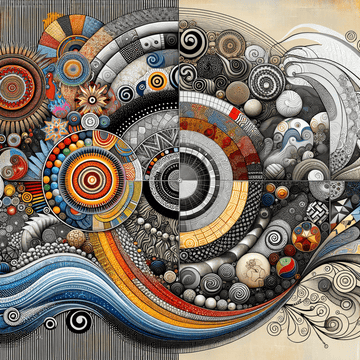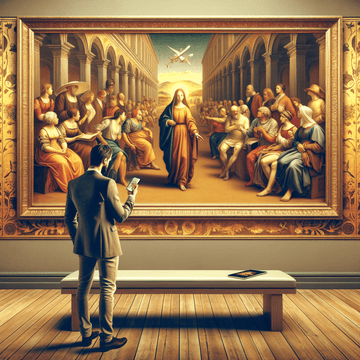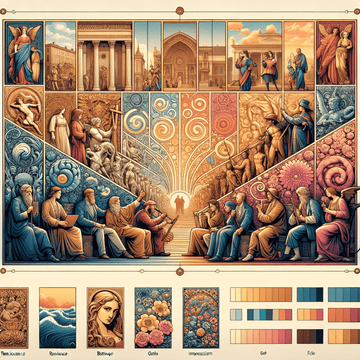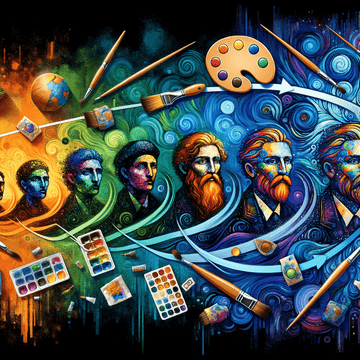Exploring the Influence of Non-Western and Global Styles on Contemporary Western Art: A Cultural Dialogue in the Art World
Jul 02, 2024

Exploring the Influence of Non-Western and Global Styles on Contemporary Western Art
For a long while, the narrative of art history has been focused predominantly on the great masters of Western art. In recent decades, however, we've seen a significant shift. Today, contemporary artists throughout the world are increasingly acknowledging and exploring the richness of non-Western art forms, incorporating elements into their work that defy the conventional boundaries of Western art. This exciting movement is reshaping our understanding of art and its potential for fostering cultural dialogues.
The Impact of Global Styles
Major artistic styles from across the globe– such as Aboriginal Art from Australia, Asian ink wash painting, African sculpture, and South American textile design – have made a considerable impact on contemporary Western art. These influences have challenged Western notions of perspective, material use, symbolism, and more, paving the way for the inclusion of interdisciplinary and multicultural elements in new artistic creations.
Aboriginal Art Influence
Needing no introduction, Aboriginal Art has had a profound impact on contemporary Western practices. Traditional techniques such as 'dotting', utilised by Central Desert communities of Australia, have been adopted and renewed by Western artists to create intricate, vibrant compositions. The intimate connection to the land and spiritual knowledge conveyed through these cultural masterpieces offers a fresh conception of art as a holistic experience, profoundly influencing and inspiring Western aesthetics.
Influence of Asian Art
Asian art forms, particularly those from Japan and China, also play a significant role in shaping the Western art landscape. The minimalistic and narrative painting techniques used in traditional Asian ink wash paintings, the spiritual symbolism infused in every art piece, and the distinctive use of negative space, have encouraged Western artists to step beyond traditional Eurocentric paradigms. This has given rise to fresh approaches towards composition, narrative, and the overall perception of art.
Cross-cultural Dialogue
At its heart, the incorporation of non-Western elements in contemporary Western art represents an innovative form of cross-cultural communication. It's about sharing, understanding, and appreciating the valuable knowledge, histories, and aesthetics conveyed through non-western art traditions. It recognizes art as a potent vessel for inclusivity and unity amidst our diverse global society.
This fascinating interweaving of global artistic traditions continues to shape contemporary Western art, nurturing both its evolution and revolution. It encourages artists and audiences alike to celebrate art beyond borders, to see the world through a broader, more beautiful, and enriched lens.
Interested in exploring more art like what we've discussed today? Our collection offers a diverse range of styles, including Aboriginal Art (Australian) and beyond. Feel free to dive into our world of artistic wonders by visiting https://metalposterart.com/collections/aboriginal-art-australian. Whether you're looking to admire or to acquire, there's always something captivating waiting for you. We're excited to share our passion for art with you.




